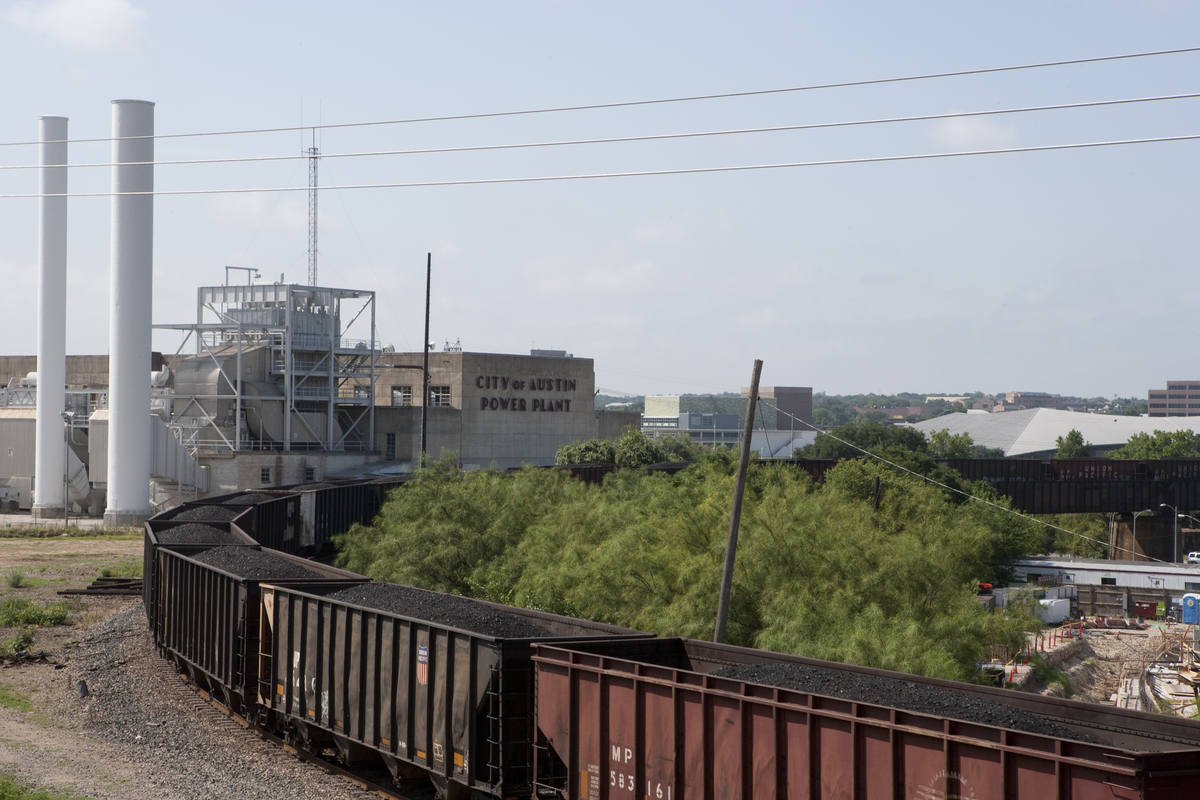
Photo by: Al Braden
On September 30, the Austin City Council is set to approve the Austin Climate Equity Plan (CEP)! After a tumultuous year-and-a-half of work starting months before the pandemic hit, followed by a six month delay due to the Texas Legislature, the Climate Equity Plan will be the first city plan to comprehensively center racial equity and community leadership in every stage of the planning and drafting process and serve as a model for all future city-level planning in Austin. It sets an ambitious goal of zero carbon emissions by 2040 and negative emissions thereafter, accelerating the city’s community-wide goal by 10 years and modeling the best course of action for other cities in Texas and the U.S.
In response, Shane Johnson, Clean Energy Organizer with Sierra Club’s Lone Star Chapter and Co-Chair of the Steering Committee that helped develop the plan, issued the following statement:
“What really excites me is how we have laid the foundation not only for centering racial equity in the Climate Equity Plan, but also for prioritizing racial equity both in the implementation plan for the Plan and in future city plans. Dozens of city staff in other departments have mentioned how they went to learn from the Climate Equity Plan to improve centering racial equity in their work. The most important lesson learned here is that we will never even come close to overcoming climate change without centering racial equity and community leadership in our work—and the City of Austin is beginning to understand that.”
Further Background to the Plan
The Austin Climate Equity Plan is a racial equity plan seeking to help address environmental racism and climate change through community leadership—not a climate plan with racial equity as an afterthought.
The City’s Equity Office was a key player in setting the foundation for this planning process and in guiding the City’s Office of Sustainability (OOS) in centering equity. A series of equity and anti-racism trainings—for all OOS and then all members of the community-led Steering Committee and Advisory Groups, who created the goals and strategies comprising the CEP—helped develop a shared set of values and common language to facilitate participants trusting one another in this process and move intentionally despite the pressure to move as urgently as possible.
This intentional foundation-setting led to an exceptional outreach process to community members through a combination of using existing relationships and building new ones by establishing the Climate Ambassador Program. The OOS hired community members already doing work in their communities to interview people about their community’s needs. Then, the community-led Steering Committee helped develop an equity tool and review process based on these insights and the shared values outlined earlier to center the needs of the most impacted communities.
The Austin Climate Equity Plan is a groundbreaking plan, but the work does not stop here. Now Austin must develop the “implementation plan” for the Climate Equity Plan—this means the city must be intentional and deliberate to recreate the anti-racist foundation-setting through further community leadership and additional equity trainings in the face of possible business pushback and the desire to move as quickly as possible.